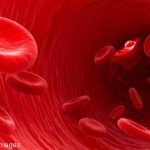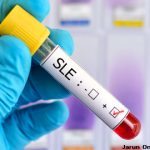A new disease model for lupus tackles issues with fatigue and other serious conditions that, although quite common among patients, get less attention because they fall outside classic symptoms associated with inflammation, a debilitating force behind systemic lupus erythematosus (SLE). The model features subtypes to categorize two main groups of symptoms into type 1, typically…







